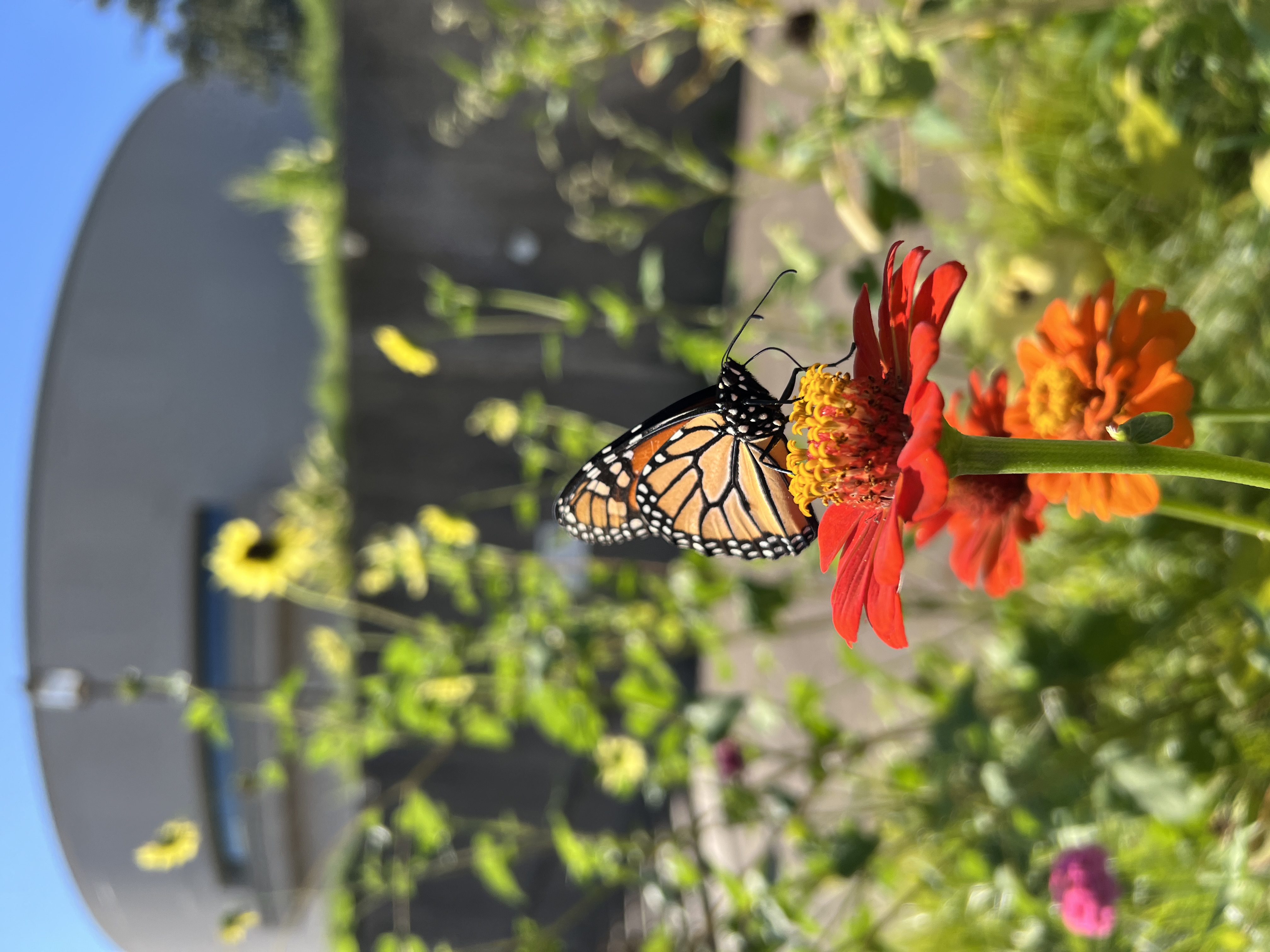Monarch Butterflies Might Soon Be Listed as Threatened Under the Endangered Species Act
If a new proposal is adopted, the insects would become the most commonly seen species to be the subject of federal protection under this law
:focal(1506x1004:1507x1005)/https://tf-cmsv2-smithsonianmag-media.s3.amazonaws.com/filer_public/dd/74/dd74e36f-e021-4bad-a445-f69a40fdc7cf/gettyimages-116566192.jpg)
For generations, monarch butterflies have traveled thousands of miles across North America in remarkable, long-distance migrations. But like many other pollinators, human activity and climate change have cast a shadow over the future of these beloved insects.
In response, the U.S. Fish and Wildlife Service (USFWS) is taking a step toward protecting monarchs: The agency proposed listing monarch butterflies as threatened under the Endangered Species Act on Tuesday, which would extend federal protection to the species. The proposal will be subject to a 90-day public comment period before potentially taking effect.
“The iconic monarch butterfly is cherished across North America, captivating children and adults throughout its fascinating life cycle,” Martha Williams, director of the USFWS, says in a statement. “Working together, we can help make this extraordinary species a legacy for our children and generations to come.”
Listing of any creature as endangered under the Endangered Species Act prevents people, including farmers, from killing or transporting the species or making changes to the land in a way that harms it. Threatened species receive similar safeguards, but with exceptions. Specific to the butterflies, the proposal would designate 4,395 acres of land in coastal California as a protected habitat for monarch migration. People would still be allowed to transport groups of fewer than 250 monarchs and use them for education.

Scientists generally agree that the monarch population has undergone a steep decline in the last few decades. Estimates suggest that monarchs found west of the Rocky Mountains have dwindled by 95 percent in recent decades, and monarchs east of the Rockies—90 percent of the U.S. monarch population—have declined by 80 percent. The causes of this drop-off are numerous, including pesticides, logging, climate change and other human activities.
The International Union for Conservation of Nature (IUCN) classified monarch butterflies as endangered in 2022. Later, they were recategorized as vulnerable, a less pressing arrangement. But even then, some experts argued the species should receive an even milder designation of least concern.
In the United States, the monarch’s vulnerability depends on the region, Kristen Lundh, a biologist in the USFWS, tells the Associated Press. For instance, by 2080, western monarchs have a 99 percent chance of extinction, per the statement. For the monarchs east of the Rockies, that number is lower, falling between 56 and 74 percent.
/https://tf-cmsv2-smithsonianmag-media.s3.amazonaws.com/filer_public/41/b5/41b53261-3454-4821-8f6f-5e3930e79406/gettyimages-163030980.jpg)
As Catrin Einhorn writes for the New York Times, a planet-wide extinction of monarchs is not believed to be a large threat. Rather, their migration patterns are more at risk, having been significantly disrupted by human activity.
For now, monarchs are plentiful. This means that officials “are walking a tightrope with the proposal,” per the New York Times. Although recent trends support the need for protections, the proposal would make monarchs the most commonly seen species to be listed as endangered, reports the publication.
“Endangered designation for a common species is jarring,” Robert Robbins, a research entomologist and curator of Lepidoptera at the Smithsonian’s National Museum of Natural History, says in a statement to Smithsonian magazine. “As the late expert Lincoln Brower made clear, migration of the North American monarch is in danger from climate change and forest clearing in Mexico (where some monarchs overwinter), but the butterfly appears to be adapting and is common in the autumn in Eastern U.S. cities, suburbs and rural areas.”
Too much protection for the insect might invoke resentment from farmers or land developers. But too little would render the action essentially meaningless.
Officials want to avoid either situation. If anything, one key aspect of the new proposal is getting “landowners, farmers, conservationists and everyday citizens” on board, Clay Bolt, the World Wildlife Fund’s manager of pollinator conservation, tells CNN’s Rachel Ramirez. “Stabilizing and reversing population trends requires an all-hands approach.”
“There aren’t that many species where everyday people in their backyard can do something to help an endangered species,” Jake Li, assistant director for ecological services at USFWS, says to the New York Times. “That’s, to me, one thing that makes monarchs so different and why we want to put a heavier thumb on the scale of incentives for people to help us conserve the species.”
“Despite (the monarch’s) fragility, it is remarkably resilient, like many things in nature when we just give them a chance,” Williams, of the USFWS, tells CNN. “Science shows that the monarch needs that chance, and this proposed listing invites and builds on unprecedented public participation in shaping monarch conservation efforts.”
Public comments on the proposal can be submitted to the U.S. Fish and Wildlife Service from December 12 until March 12, 2025.